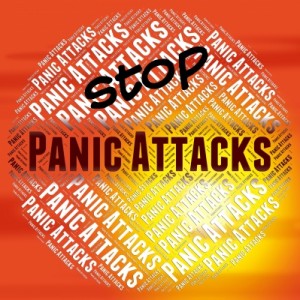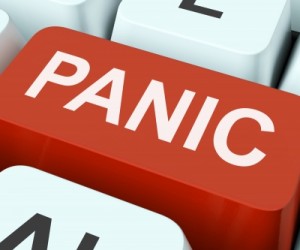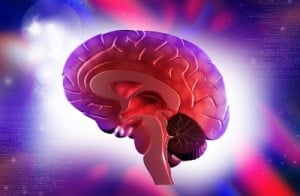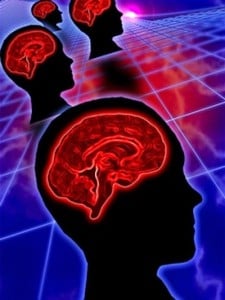
While it is normal to feel anxiety during certain stressful life situations, anxiety disorders affect a person on a daily basis, causing anxiety and fear when there may not be an obvious cause or reason. Panic disorder refers to someone who’s fear response is not functioning the way it normally should, causing physiological symptoms accompanied by intense anxiety.
One of the most notable symptoms of panic disorder is the panic attack, a sudden, overwhelming rush of panic and fear that causes physical responses as well as uncontrolled emotional distress leaving the sufferer confused, fearful, and powerless. While panic attacks vary in symptoms and length, panic attacks usually come on quickly and last an average of ten minutes. Sometimes, panic attacks have a direct, obvious cause while other panic attacks seem to be triggered out of the blue, leaving the sufferer confused in addition to fearful as they occur. Panic attacks can have an extremely negative impact on a person’s daily functioning as the person does not know when the next attack will strike, leaving them feeling powerless to their own mind and body.
 Symptoms of panic attacks may include:
Symptoms of panic attacks may include:
- Difficulty breathing/shortness of breath
- Increased heart rate
- Dizziness
- Shaking/trembling
- Hypersensitivity to being touched
- Hypersensitivity to noise
- Sweating
- Crying
- Immense fear/dread
Panic disorder is often caused by abnormalities in brain function, which triggers the body’s “fight or flight” response at unnecessary moments. This can be caused by traumatic life events that have changed the brain’s strategy of coping or simply due to a genetic predisposition. Stressful life events, such as sudden death of a loved one, can also trigger panic attacks, which have the potential to recur and evolve into panic disorder. Additionally, substance abuse can interfere with the brain’s ability to process stress and anxiety.

Neurofeedback targets the parts of the brain at the cause of this reaction in an effort to retrain the brain to function more efficiently so the “fight or flight” response is not triggered. The brain learns how to cope with anxiety and fear appropriately during neurofeedback sessions resulting in an overall decrease in anxiety, mood improvement, and increase in daily function.
Neurofeedback can help you calm the struggle so you can live with reduced emotional distress caused by panic disorder.
First image courtesy of Stuart Miles at FreeDigitalPhotos.net
Second image courtesy of Stuart Miles at FreeDigitalPhotos.net
Third image courtesy of David Castillo Dominici at FreeDigitalPhotos.net








